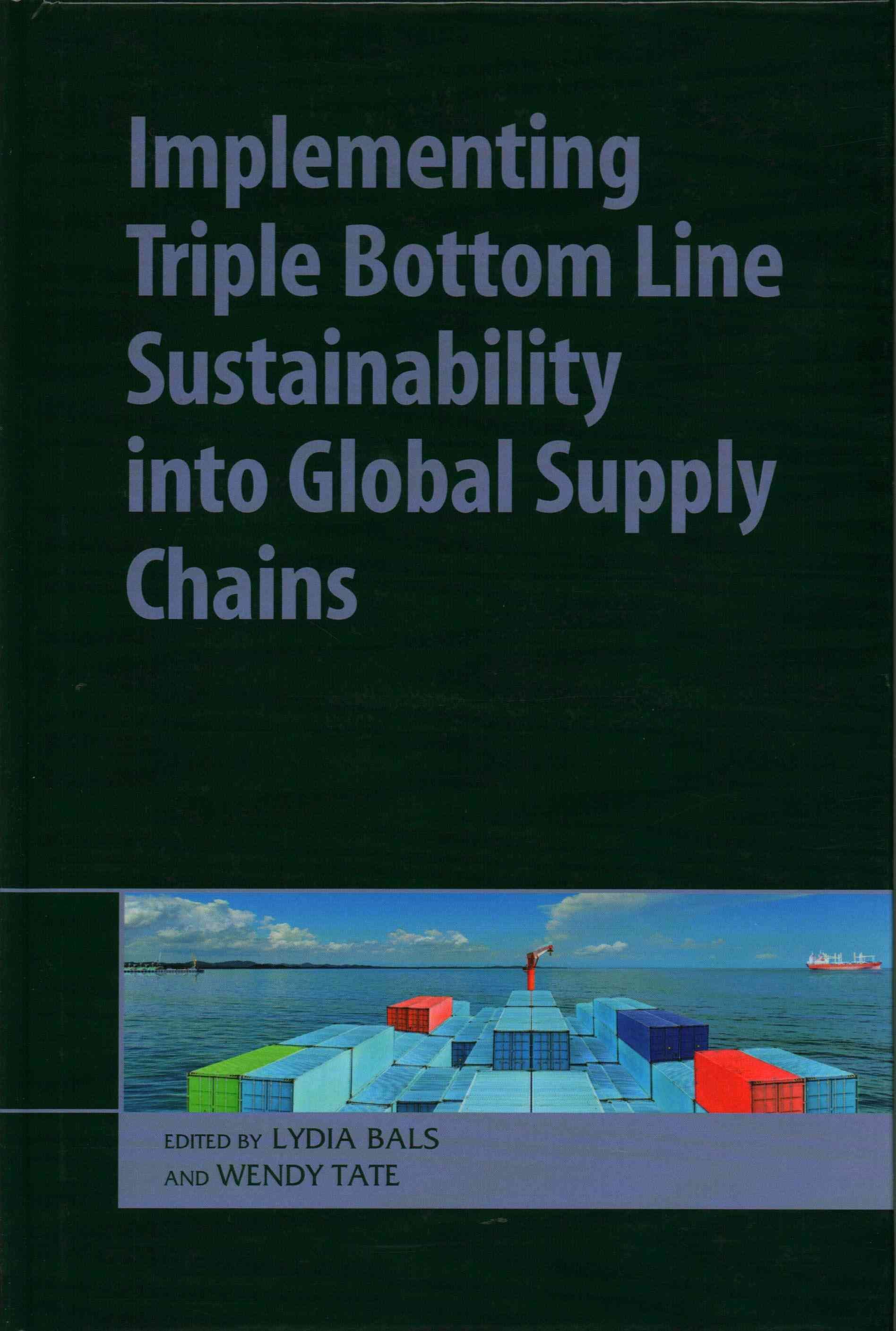The book covers alternative lending using the emergence of Debt Funds in the EU as a case study. The book explores the risks that they can pose to financial stability, and the regulatory and supervisory tools available to mitigate these risks. Through this analysis, the book uncovers the risks and potential risk mitigation tools that can be applied to the alternative lenders-including debt funds and other potential alternative lenders. After identifying the reasons behind the growth of alternative lenders (using as example the assets of Alternative Investment Funds (AIFs) and in particular debt funds) and the simultaneous decrease of the banks’ assets, the book analyses the systemic importance of the alternative lenders and the risk channels through which the systemic risk can spread to the banking sector and the financial system. Then, the book deals with the financial innovation-market failure theory and demonstrates that financial innovations (e.g. debt funds, securitisations) can cause market failures, resulting in regulatory interventions. Of interest to banking and financial regulation academics, researchers, and practitioners this book analyses the regulatory provisions in place for both credit institutions and debt funds, including the Basel Accords, the Capital Requirements Directives and Regulations, and the Alternative Investment Fund Managers Directive (AIFMD) and its implementation in various EU jurisdictions, before offering a proposal for a new three-defensive framework applicable to debt funds and to other potential alternative lenders.












